Are you wondering if your home’s exterior walls are insulated? If so, then you’ve come to the right place. Today we’ll be discussing a common type of wall construction: exterior plaster and lath walls.
Exterior plaster and lath walls have been around for hundreds of years, and many older homes still have them in place. These walls are composed of a three-layer system: plaster on the interior, lath on the exterior, and insulation in between.
The question is: Are these walls actually insulated? In other words, can they provide the same level of thermal protection as other insulating materials like foam board or fiberglass batts? Let’s take a look at what we need to know before we can answer this question.
Understanding Exterior Walls
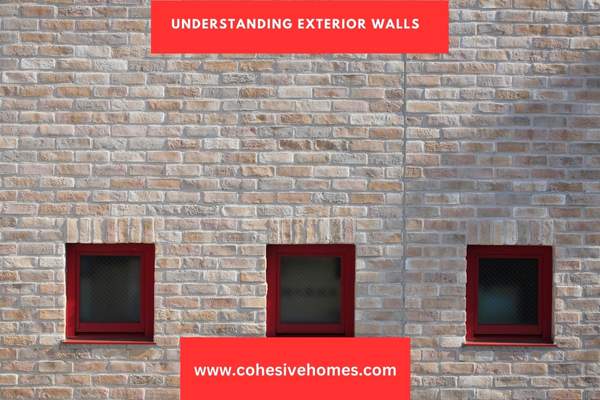
If you’re looking to understand exterior walls, it helps to know the basics of plaster and lath walls. Exterior walls constructed with plaster and lath are composed of multiple layers. The interior layer is usually made of wood lath, an array of narrow strips of wood that’s attached to the studs in a wall frame. Next comes a layer of plaster, which is applied over the lath strips.
Finally, the outside layer is covered in a textured material like stucco to protect it from the elements. While it looks nice, this type of wall isn’t insulated and lets air pass through, causing your home to lose heat or air conditioning on especially hot or cold days.
Without insulation, exterior plaster and lath walls do little to protect your home from temperature fluctuations or sound pollution from outside sources. To get both advantages—insulation and esthetic appeal—you may want to consider other materials, such as drywall with foam board insulation on top.
Insulating an Exterior Plaster Wall

If you’re looking to insulate exterior plaster and lath walls, you have a few options. The most common way is to add insulation materials between the laths. This process requires removing the old lath and plaster, adding new batt insulation and then re-installing the lath and plaster over it.
Another option is to blow cellulose insulation into the wall cavities. This process requires drilling small holes in the exterior wall at regular intervals, which are then filled with cellulose insulation. Once done, these holes can be filled and sealed with stucco or other fillers.
Finally, if you have an exterior plaster and lath wall that is already insulated, it’s important to make sure it stays that way by checking for cracks or openings in the walls where air could be getting through. If such cracks are found, seal them up with caulk or expandable foam insulation to keep your walls adequately insulated for maximum energy efficiency.
A Look at Lath Walls

You may have heard about lath walls, a construction technique that dates back to the Middle Ages, but did you know that these walls can be insulated? Yes! Lath walls are made from strips or sheets of wood or metal that are nailed to the frame, and then plaster is applied between the lath. This creates an airtight seal against the weather.
There are some benefits to having insulated lath walls:
- Temperature regulation: – Insulation provides a barrier against outside temperatures, and helps keep your home cooler in summer and warmer in winter.
- Energy savings – With insulation creating a buffer, you’ll waste less energy due to heating and cooling needs. That means your wallet will thank you too!
- Noise reduction – When you have insulated lath walls, sound-proofing your home becomes much easier. You won’t hear as much of what goes on outside your home as before.
- Comfort – An even temperature throughout your home means more comfort for you and your family.
So when considering insulation for an exterior plaster wall, consider using lath wall insulation as an effective solution.
How to Insulate a Lath Wall
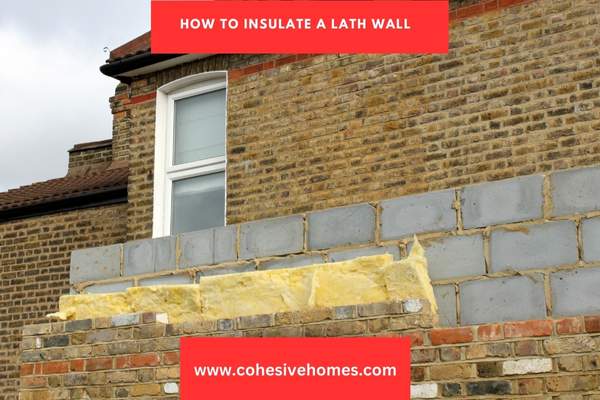
When it comes to insulating a lath wall, you might be asking yourself, Is it possible? Can I get my exterior plaster and lath walls insulated?
The answer is: Yes, absolutely! Insulating lath walls is a popular way to make an older home more energy efficient. Here’s how you do it:
Choose Your Insulation
The two most common types of insulation for lath walls are fiberglass and mineral wool. Both materials can be cut and installed easily in the wall’s cavity.
Cut It to Size
Using a measure and razor knife, cut the insulation to fit snugly inside the cavity. Make sure you leave gaps at the top and bottom of each sheet in order to prevent moisture build up.
Secure It
After cutting to size, secure the insulation with pins or masonry tacks or plastic anchors that are inserted with a hammer drill into the mortar joints of your brick or stone wall. This will help keep the insulation in place for years to come.
Insulating your exterior plaster and lath walls is both possible and beneficial — not just for lower energy bills but also for added sound absorption and improved indoor air quality. Plus, your family can enjoy a more comfortable living environment all year long!
Different Types of Exterior Wall Insulation
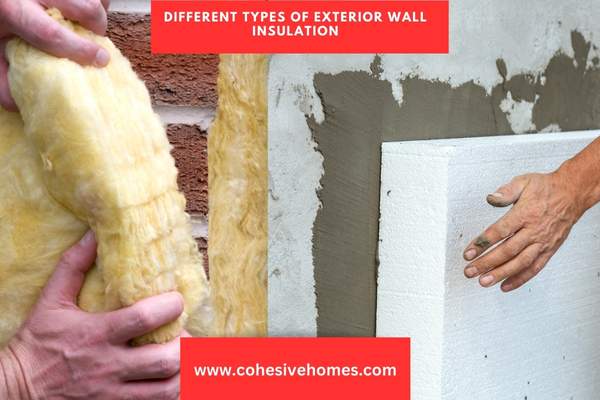
Exterior plaster and lath walls can be insulated, but you need to take a look at the different types of insulation available. The two main types are loose-fill and rigid foam board insulation.
Loose-fill Insulation
Loose-fill insulation, also known as blown-in insulation, provides an effective option for insulating exterior walls. Made from various materials, including fiberglass, cellulose, and foam pellets, loose-fill insulation is more eco-friendly because it uses recycled materials. It is also more cost-effective than other forms of insulation and can be used to fill in small spaces—a bonus when insulating nooks and crannies in exterior walls.
Rigid Foam Board Insulation
Alternatively, rigid foam board insulation is a great option for insulating exterior plaster and lath walls as it comes in large sheets that can be cut to fit exterior wall dimensions—so there’s less measuring involved. While the foam boards do cost more than loose-fill materials, they are made of non-biodegradable substances like expanded polystyrene (EPS) or polyisocyanurate (PIC), so you’ll get longer lasting results from this type of insulation material.
Tips for Installing Exterior Wall Insulation
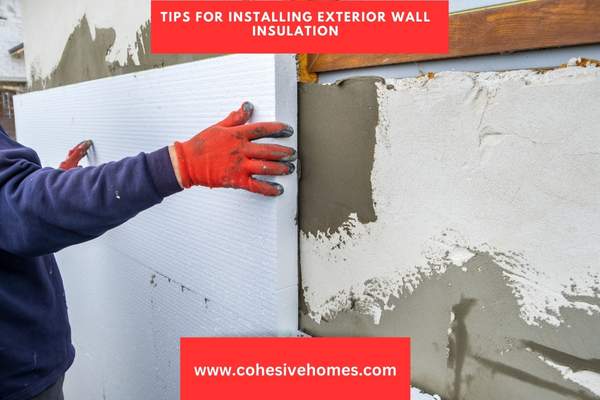
If you’re looking to make your exterior plaster and lath walls insulated, there are a few tips you can follow to ensure a successful installation.
Use the Right Insulation
Insulating your exterior walls is going to depend on the type of insulation you use. For example, a higher R-value—the measure of thermal resistance used in the building and construction industry—will produce better insulation, so be sure to choose your insulation accordingly.
Consider External Factors
The climate of where you live will play a heavy role when it comes to installing exterior wall insulation. Choose insulation for your exterior walls based on climate, colder climates require more insulation for warmth.
In addition, if your home is exposed to extreme wind or high humidity levels, choose an appropriate weatherproofing barrier before adding extra insulation, such as foam board or mineral wool.
Install Properly
Installing exterior wall insulation can be tricky and time-consuming, so it’s best to get it done right the first time. Make sure that all gaps are filled with foam before installing any panels or rolls—this extra step can help reduce air infiltration and provide better energy efficiency for your home. Additionally, be sure that no gaps or seams remain in between the insulation boards or rolls and around all window frames and door jambs.
Conclusion
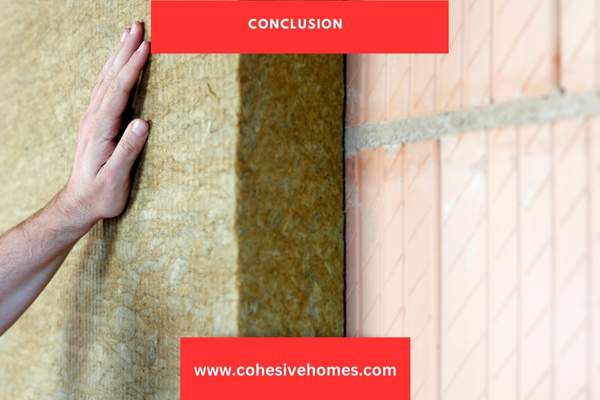
In summary, plaster and lath walls are great for historical preservation, but they are not ideal for insulation. For exterior wall insulation, consult with a professional insulation installer to find the best solution.
Good insulation can help you save energy and money while improving climate control. It can also help reduce moisture and condensation inside the walls, allowing for a healthier living environment.
Choose the right insulation for your exterior plaster and lath walls based on wall size, insulation type, and climate. Consult a professional and research to find the best wall option for your home.
FAQS
Are exterior plaster and lath walls insulated by default?
No, Exterior plaster and lath walls are not insulated by default. They can be insulated to improve energy efficiency, indoor comfort, and noise reduction while also preventing moisture.
Can exterior plaster and lath walls be insulated?
Yes, exterior plaster and lath walls can be insulated by adding insulation to the interior or exterior of the wall. Insulate exterior plaster and lath walls by adding batt or foam insulation before applying plaster finish.
What are the benefits of insulating exterior plaster and lath walls?
Benefits of insulation include improved energy efficiency, lower energy costs, improved indoor comfort, reduced noise transmission, and moisture prevention.
